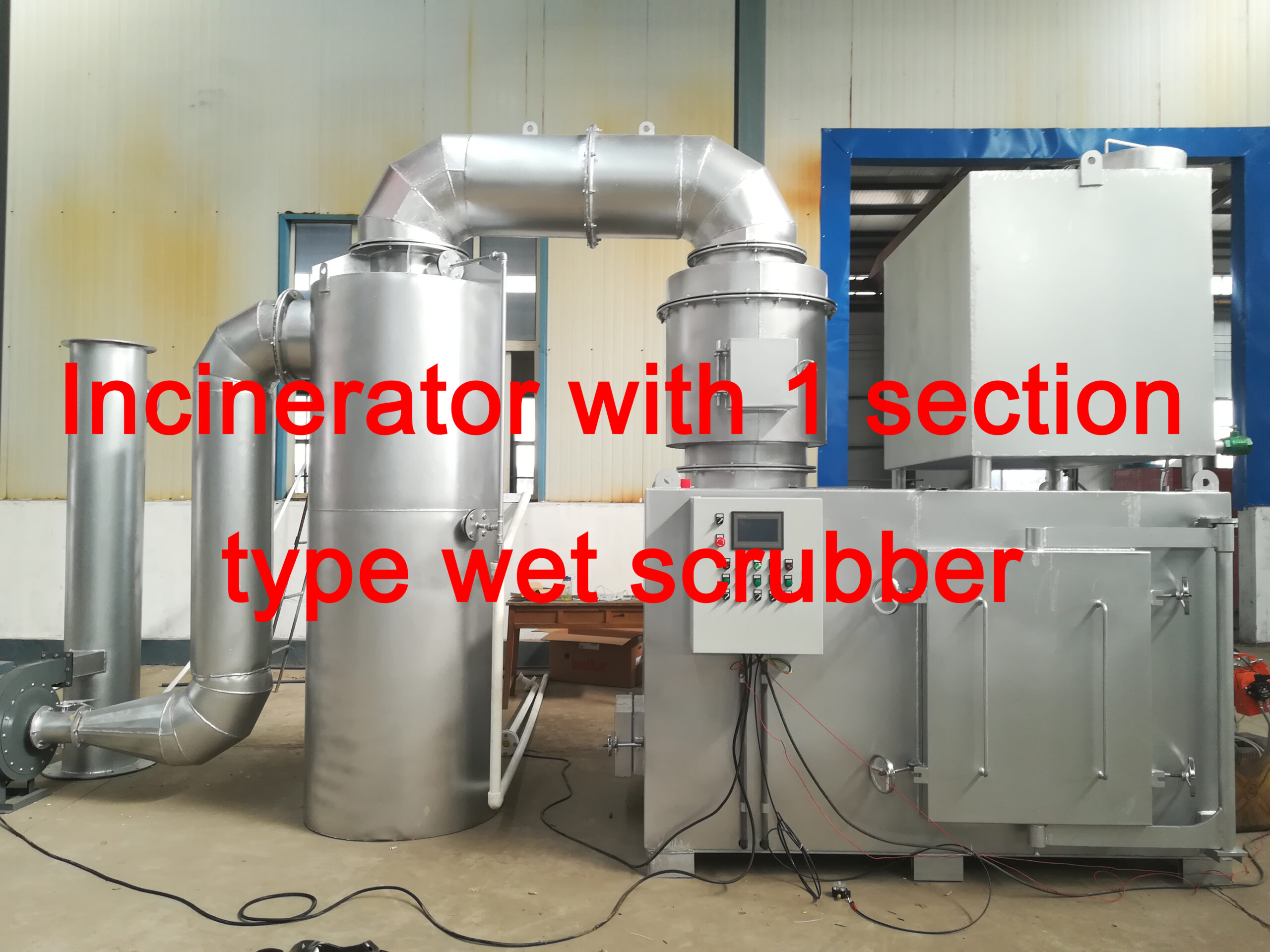Pharmaceutical waste incineration is a common method used to dispose of expired, unused, or contaminated medication. While this method may seem like a straightforward solution to pharmaceutical waste management, it comes with a range of health risks that need to be carefully examined.
One of the primary concerns related to pharmaceutical waste incineration is air pollution. When pharmaceuticals are burned, they release a variety of harmful emissions, such as dioxins, furans, heavy metals, and other toxic pollutants. These substances can pose serious health risks to both humans and the environment. Dioxins, for example, have been linked to a range of health issues, including cancer, developmental and reproductive disorders, and immune system damage. Heavy metals, such as mercury and lead, can also have detrimental effects on human health, particularly on the nervous system and vital organs.
In addition to air pollution, pharmaceutical waste incineration can also contribute to water and soil contamination. Some of the harmful substances emitted during the incineration process can leach into the surrounding environment, leading to the pollution of water sources and agricultural land. This, in turn, can negatively impact human and animal health, as well as ecosystem health.
Furthermore, pharmaceutical waste incineration can have a disproportionate impact on vulnerable communities, such as low-income or minority populations, who may be more likely to live near incineration facilities. These communities are already at a higher risk of exposure to environmental pollutants and may experience exacerbated health effects as a result of pharmaceutical waste incineration.
It is important to note that some pharmaceuticals are not fully destroyed during the incineration process and may form new chemical compounds that can be even more toxic than the original substances. This raises concerns about the long-term health effects of these newly formed compounds and underscores the need for a more comprehensive approach to pharmaceutical waste management.
Given these health risks, it is crucial to explore alternative methods for managing pharmaceutical waste. One potential solution is the implementation of advanced technologies, such as non-incineration treatment methods, including chemical treatment, encapsulation, and landfilling. These methods can help minimize the release of harmful pollutants and reduce the potential health impacts associated with pharmaceutical waste disposal.
Furthermore, improved waste segregation, recycling, and reuse programs can help minimize the amount of pharmaceutical waste that needs to be disposed of through incineration. By encouraging proper disposal practices and promoting the reuse of unused medications, we can reduce the volume of pharmaceutical waste that requires destructive disposal methods.
In conclusion, examining the health risks of pharmaceutical waste incineration is essential for ensuring the safety of both human health and the environment. By exploring alternative waste management methods and promoting sustainable practices, we can work towards a safer and more environmentally friendly approach to pharmaceutical waste disposal. It is crucial that policymakers, healthcare professionals, and the pharmaceutical industry come together to develop and implement strategies that prioritize public health and environmental protection in the management of pharmaceutical waste.



